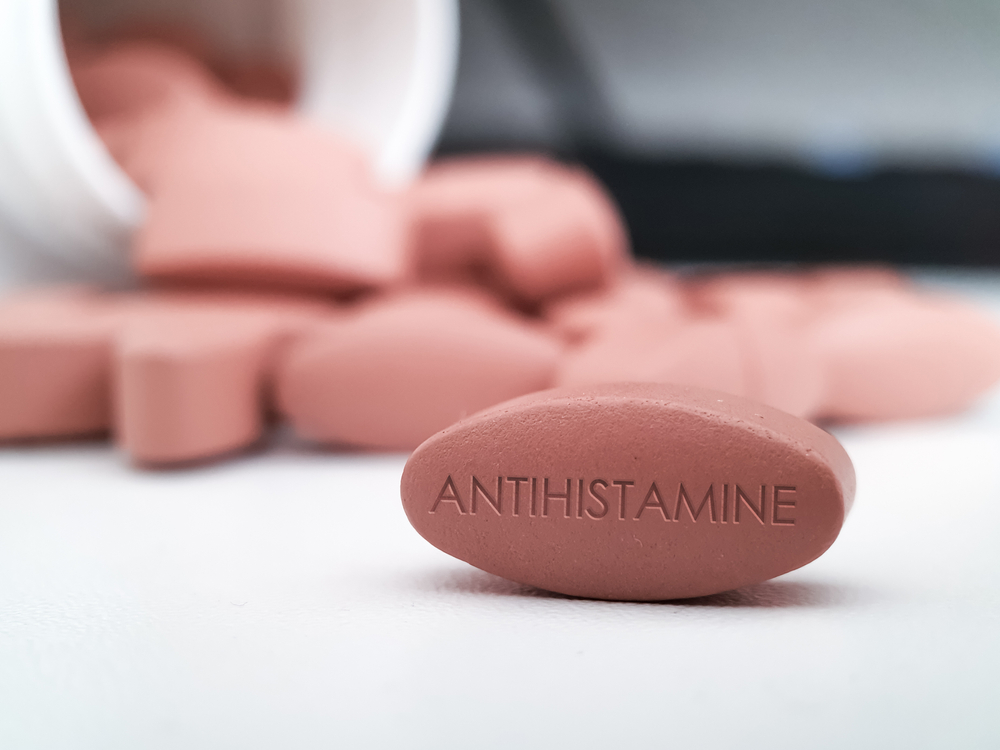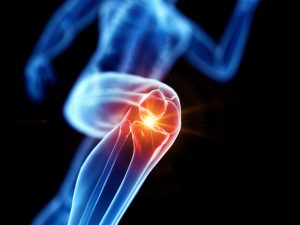Antihistamines are often hailed for their ability to alleviate allergy symptoms, yet many users experience drowsiness as a side effect.
Uncovering the science behind why antihistamines make you drowsy reveals the nuanced interaction between these drugs and our brain’s histamine receptors.
What Are Antihistamines?
Antihistamines are common medications used to alleviate the discomfort of allergic reactions. These reactions are triggered by histamine, a neurotransmitter that plays a crucial role in various bodily processes, including wakefulness. In this article, we will explore how antihistamines work and their different types, particularly focusing on their effects on our alertness.
Understanding Antihistamines
Antihistamines work by interfering with histamine, a chemical that our body releases during allergic reactions. They do this by blocking histamine release and attaching to histamine receptors in our brain and spinal cord. Additionally, they can affect other receptors like muscarinic, alpha-adrenergic, and serotonin receptors.
First-Generation Antihistamines: These antihistamines are known to cross the blood-brain barrier, meaning they can reach and affect histamine receptors in the brain. This ability to penetrate the central nervous system is one of the primary reasons why antihistamines make you drowsy. When they interact with histamine receptors in the brain, they disrupt the normal wakefulness-promoting signals, leading to drowsiness and sedation.
Other side effects of first-generation antihistamines may include blurred or double vision, constipation, dry eyes, and thickening of mucus in the airways.
Second-Generation Antihistamines: In contrast to their first-generation counterparts, second-generation antihistamines are less likely to induce drowsiness. This is because they have a limited ability to cross the blood-brain barrier. As a result, they are considered safer and tend to have fewer interactions with other drugs.
Breaching the Blood-Brain Barrier
Breaching the blood-brain barrier (BBB) is indeed a distinctive characteristic of first-generation antihistamines like diphenhydramine and dimenhydrinate.
The BBB serves as a stringent gatekeeper, regulating the entry of substances into the brain to maintain a stable environment. It’s composed of tightly packed endothelial cells and additional components like pericytes and astrocytic end-feet.
Crossing the Barrier: First-generation antihistamines are known for their ability to traverse the BBB, which is due to their molecular structure and lipophilic nature, allowing them to interact with histamine receptors in the brain and spinal cord.
Upon breaching the BBB, these antihistamines can block histamine action by binding to its receptors, particularly the H1 receptors.
Inducing Drowsiness: The blockage of histamine, which promotes wakefulness through neurons in the posterior hypothalamus, culminates in a sedative or drowsy state due to the diminished histamine activity in the brain.
Contrast with Second-Generation Antihistamines: The advancement to second-generation antihistamines brought about molecules less likely to cross the BBB, thus significantly reducing the likelihood of drowsiness, showcasing a move towards better-tolerated allergy medications with fewer central nervous system effects.
This differential ability to cross the BBB and interact with brain histamine receptors highlights the progression in antihistamine development, aiming for effective allergy relief with minimal central nervous system interference.
Impact on Concentration and Memory
The sedative effects of first-generation antihistamines indeed go beyond mere drowsiness, affecting individuals’ concentration and memory. This is because they can cross the blood-brain barrier and interact with central histamine receptors, which play a role in cognitive functions.
Cognitive Impairment: The interference with histamine action in the brain can lead to cognitive impairments, potentially affecting learning processes, exam performance in youngsters, and the adeptness of adults in work or driving scenarios.
Caution Advised: Given these effects, the cautious administration of first-generation antihistamines is crucial to prevent or mitigate such adverse cognitive impacts.
The Advent of Less Sedative Alternatives
Pharmaceutical advancements have ushered in second-generation antihistamines like loratadine and fexofenadine, epitomising a stride towards less sedative alternatives. Understanding why antihistamines make you drowsy is essential in appreciating the significance of these newer formulations.
Reduced Drowsiness: These newer formulations are less lipophilic, hence less likely to cross the blood-brain barrier. This results in a significantly diminished interaction with brain histamine receptors and, consequently, lesser drowsiness.
Improved Quality of Life: By mitigating the sedative effects, second-generation antihistamines enhance individuals’ quality of life by allowing them to remain alert and cognitively unimpaired while enjoying relief from allergic symptoms.
Safe Driving and Working: The reduced sedative effects also translate to safer driving and enhanced work productivity. This addresses the drawbacks associated with the first-generation antihistamines.
Embracing a Brighter, Less Drowsy Future
The evolution of antihistamines reflects the continuous pursuit of effective allergy relief with minimal interference to our alertness and cognitive functions. Understanding why antihistamines make you drowsy is crucial in appreciating the significance of these advancements. With second-generation antihistamines leading the way, individuals can now enjoy the benefits of allergy management without the burden of drowsiness. This advancement not only enhances quality of life but also promotes safer driving, improved work productivity, and a brighter, more alert future for allergy sufferers.
References
- Antihistamines, 2nd Generation: Drug Class, Uses, Side Effects, Drug Names. (2021, October 13). RxList. https://www.rxlist.com/antihistamines_secondgeneration/drug-class.htm
- Farzam, K. (2023, July 10). Antihistamines. StatPearls – NCBI Bookshelf. https://www.ncbi.nlm.nih.gov/books/NBK538188/
- Antihistamines. (2012). PubMed. https://pubmed.ncbi.nlm.nih.gov/31643232/
- Professional, C. C. M. (n.d.). Antihistamines. Cleveland Clinic. https://my.clevelandclinic.org/health/drugs/21223-antihistamines
- Banks, C. N., & Lein, P. J. (2012, June 1). A review of experimental evidence linking neurotoxic organophosphorus compounds and inflammation. NeuroToxicology; Elsevier BV. https://doi.org/10.1016/j.neuro.2012.02.002
- List of Common Antihistamines + Uses & Side Effects. (n.d.). Drugs.com. https://www.drugs.com/drug-class/antihistamines.html














